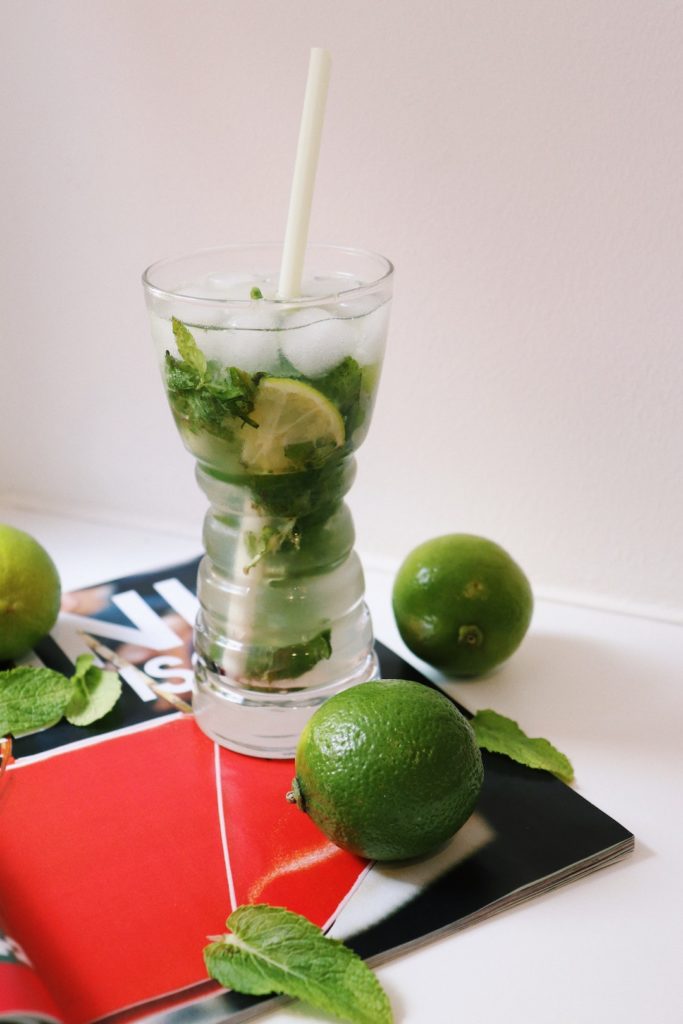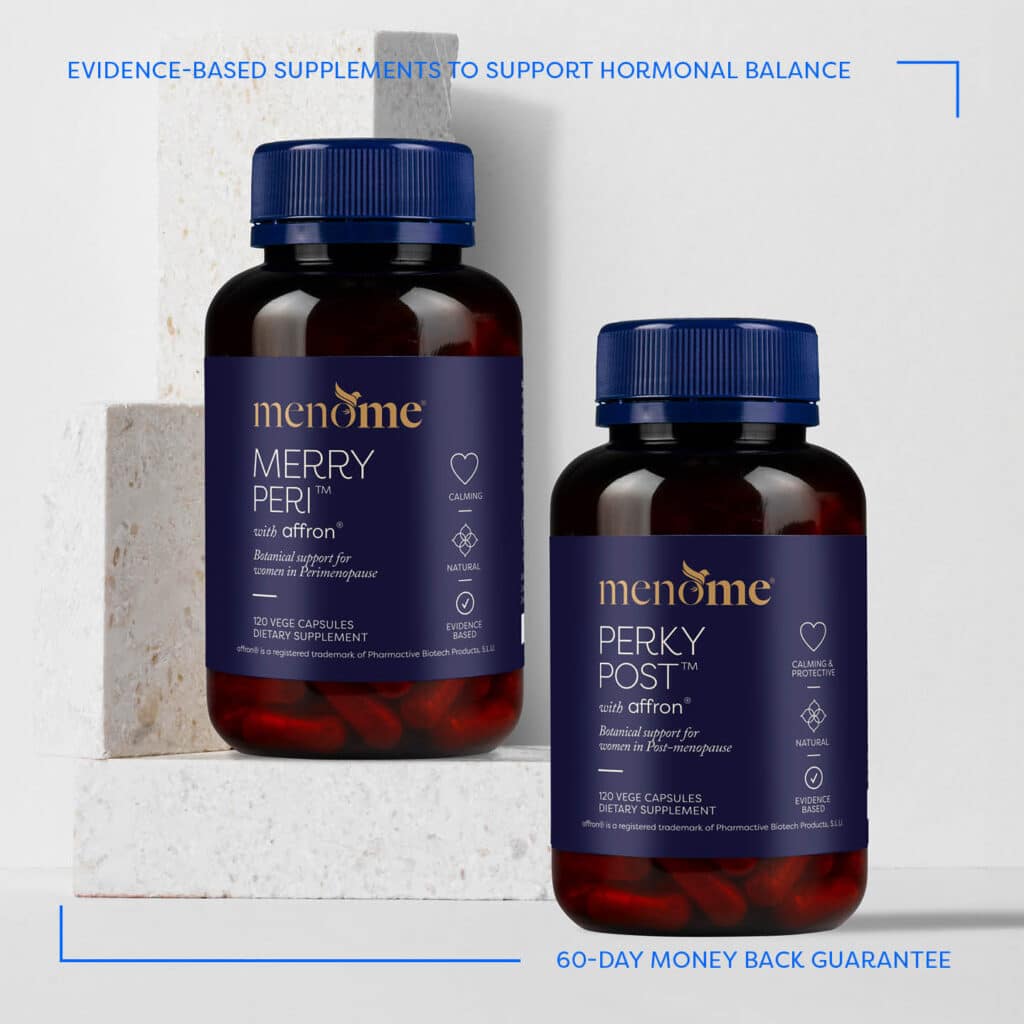Cheers to this icy cold Lime Mojito Mocktail. Mwah!
When the heat is on the last thing you want to deal with is pesky hot flushes right?!
Although they’re one of the most common signs and symptoms of perimenopause, menopause (and sometimes post-menopause) hot flushes are an unwelcome guest.
There are a multitude of ways to try and minimise them such as taking our Merry Peri® or Perky Post® and keeping well-hydrated by drinking a long, cool, alcohol-free glass of deliciousness.
You may like: Hot Flushes or Hot Flashes – Why Do They Happen?
In fact, when we shared our easy-peasy Lime Mojito Mocktail recipe with our private Facebook group they liked it so much we thought we’d share it here too.
Join the 40+ Ageless Goddesses Group here
It was one of our regular Tip Of The Day posts.
Tip of the day
Lime Mojito Mocktail
Ingredients:
- A bunch of fresh mint leaves
- 1-3 limes for juicing
- 1-4 lime wedges
- Sparkling water
- Ice
- Add the mint leaves to the glass/jug and muddle (a muddle stick lightly mashes the mint leaves to extract the flavours)
- Follow with the lime wedges
- Pour in juice
- Throw in some ice
- Top with sparkling water


Bonus tip
If you’ve got a headache, try drinking more fluids, especially water and high-water-content foods like watermelon and juicy salads.
You might like: Migraines & Perimenopause | Why You’re Experiencing them











